Efficiency and Safety: Your Ultimate Guide to Heating Oil Tank Replacement
Contents
- 1 Efficiency and Safety: Your Ultimate Guide to Heating Oil Tank Replacement
- 2 Signs that your heating oil tank needs to be replaced
- 3 The importance of efficiency and safety in heating oil tanks
- 4 Steps to take before replacing your heating oil tank
- 5 Choosing the right type of heating oil tank
- 6 Hiring a professional for heating oil tank replacement
- 7 The process of replacing a heating oil tank
- 8 Maintenance tips for your new heating oil tank
- 9 Cost considerations for heating oil tank replacement
Efficiency and Safety: Your Ultimate Guide to Heating Oil Tank Replacement
Are you considering replacing your heating oil tank? It’s a wise decision that can improve both the efficiency and safety of your heating system. In this ultimate guide to heating oil tank replacement, we’ll explore everything you need to know to make an informed decision.
Efficiency is one of the primary reasons to replace an old heating oil tank. Over time, tanks can develop leaks or become corroded, leading to fuel wastage and higher energy bills. By investing in a new tank, you can ensure that your heating system operates at its optimal efficiency, saving you money in the long run.
Safety is another critical factor to consider. Older oil tanks may not be equipped with modern safety features, putting your home and family at risk of leaks or spills. A replacement tank will provide peace of mind, as it is designed to meet the latest safety standards and regulations.
In this guide, we’ll cover the different types of heating oil tanks, the factors to consider when choosing a replacement, and the steps involved in the installation process. With the right information, you can make the best choice for your home’s heating system. So, let’s dive in and discover the benefits of heating oil tank replacement.
Signs that your heating oil tank needs to be replaced
If you have an old heating oil tank, you may be wondering if it’s time to replace it. Here are some signs that your tank may need to be replaced:
### Age of the tank
The average lifespan of a heating oil tank is between 15 and 20 years. If your tank is approaching or exceeding this age range, it’s time to consider a replacement. Even if your tank appears to be in good condition, it may be more prone to leaks and other issues as it ages.
### Rust and corrosion
Rust and corrosion are common issues with older heating oil tanks. If you notice rust or corrosion on the exterior of your tank, it may be an indication of damage to the interior as well. This can lead to leaks and other issues that can compromise the safety and efficiency of your heating system.
### Fuel usage
If you’ve noticed an increase in your heating oil usage, it may be a sign that your tank is no longer operating at optimal efficiency. This can happen as a result of leaks or other issues with the tank. A replacement tank can help improve your heating system’s efficiency and reduce your energy bills.
The importance of efficiency and safety in heating oil tanks
Efficiency is one of the primary reasons to replace an old heating oil tank. Over time, tanks can develop leaks or become corroded, leading to fuel wastage and higher energy bills. By investing in a new tank, you can ensure that your heating system operates at its optimal efficiency, saving you money in the long run.
Safety is another critical factor to consider. Older oil tanks may not be equipped with modern safety features, putting your home and family at risk of leaks or spills. A replacement tank will provide peace of mind, as it is designed to meet the latest safety standards and regulations.
Steps to take before replacing your heating oil tank
Before replacing your heating oil tank, there are several steps you should take to ensure a smooth and successful installation process.
### Check local regulations
Before purchasing a new heating oil tank, be sure to check your local regulations to ensure that you are in compliance with any codes or requirements. This may include obtaining permits or inspections before installation.
### Choose a reputable installer
Hiring a professional installer is crucial for ensuring that your new heating oil tank is installed safely and properly. Be sure to choose a reputable installer with experience in heating oil tank replacement.
### Prepare the site
Before installation, the site where the new tank will be located must be prepared. This may include removing the old tank and any debris, as well as ensuring that the new tank is placed in a safe and accessible location.
Choosing the right type of heating oil tank
There are several different types of heating oil tanks available, each with its own set of advantages and disadvantages. Here are some of the most common types of heating oil tanks:
### Steel tanks
Steel tanks are the most common type of heating oil tank. They are durable and long-lasting, but are prone to rust and corrosion over time. To address this issue, many steel tanks are now coated with a protective layer to prevent corrosion.
### Fiberglass tanks
Fiberglass tanks are lightweight and corrosion-resistant, making them a popular choice for homeowners. They are also more expensive than steel tanks, but may be a better option for those living in coastal areas or other locations with high levels of moisture.
### Double-walled tanks
Double-walled tanks are designed with an inner and outer layer, providing an extra layer of protection against leaks and spills. They are more expensive than single-walled tanks, but may be worth the investment for those concerned about safety.
Hiring a professional for heating oil tank replacement
Replacing a heating oil tank is a complex process that should only be undertaken by a professional installer. Here are some of the benefits of hiring a professional for heating oil tank replacement:
### Experience and expertise
Professional installers have the experience and expertise necessary to safely and properly replace your heating oil tank. They can also provide guidance on choosing the right type of tank for your home.
### Compliance with regulations
A professional installer will be familiar with local regulations and codes, ensuring that your new tank is installed in compliance with all requirements.
### Peace of mind
By hiring a professional installer, you can have peace of mind knowing that your new tank is installed safely and properly, reducing the risk of leaks or other issues.
The process of replacing a heating oil tank
The process of replacing a heating oil tank typically involves several steps, including:
### Site preparation
Before installation, the site where the new tank will be located must be prepared. This may include removing the old tank and any debris, as well as ensuring that the new tank is placed in a safe and accessible location.
### Tank removal
The old tank will need to be safely and properly removed before the new tank can be installed. This may involve draining any remaining fuel and disposing of the tank in compliance with local regulations.
### New tank installation
Once the site is prepared and the old tank is removed, the new tank can be installed. This typically involves connecting the tank to the heating system and ensuring that all safety features are properly installed and functioning.
### Fuel delivery
After installation, the new tank will need to be filled with heating oil. This may be done by the installer or by a separate fuel delivery service.
Maintenance tips for your new heating oil tank
To ensure that your new heating oil tank operates safely and efficiently, it’s important to follow these maintenance tips:
### Regular inspections
Schedule regular inspections with a professional to ensure that your tank is functioning properly and that there are no leaks or other issues.
### Keep the area around the tank clear
Clear any debris or clutter from the area around the tank to ensure that it is easily accessible in case of an emergency.
### Monitor fuel levels
Keep an eye on your fuel levels and schedule regular deliveries to ensure that you never run out of heating oil.
Cost considerations for heating oil tank replacement
The cost of heating oil tank replacement can vary depending on several factors, including the type of tank, the size of the tank, and the cost of installation. On average, homeowners can expect to pay between $1,000 and $2,500 for a new tank and installation.
While the cost of replacement may seem high, it’s important to remember that investing in a new tank can save you money in the long run by improving the efficiency of your heating system and reducing your energy bills.
Conclusion: Enjoying efficient and safe heating with a new oil tank
Replacing your heating oil tank is a smart investment that can improve the efficiency and safety of your heating system. By choosing the right type of tank and hiring a professional installer, you can ensure that your new tank is installed safely and properly.
With regular maintenance and fuel delivery, your new tank can provide efficient and safe heating for years to come. So don’t wait – start exploring your options for heating oil tank replacement today!
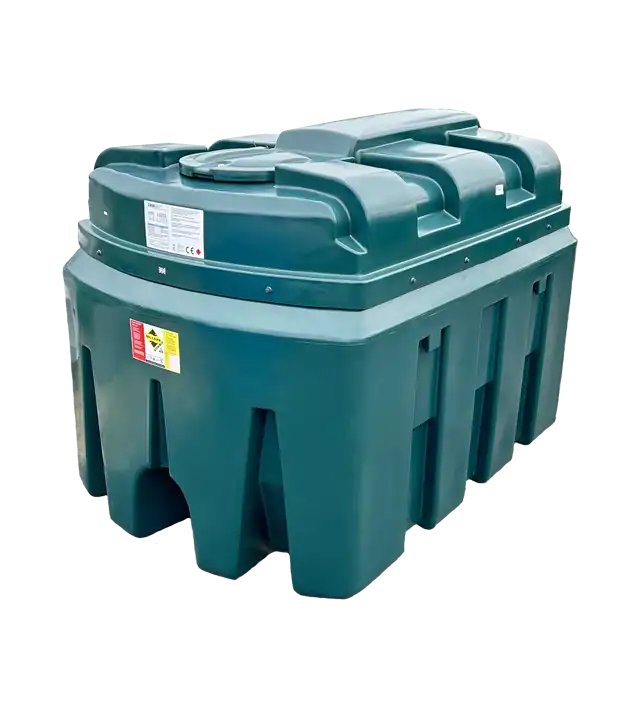
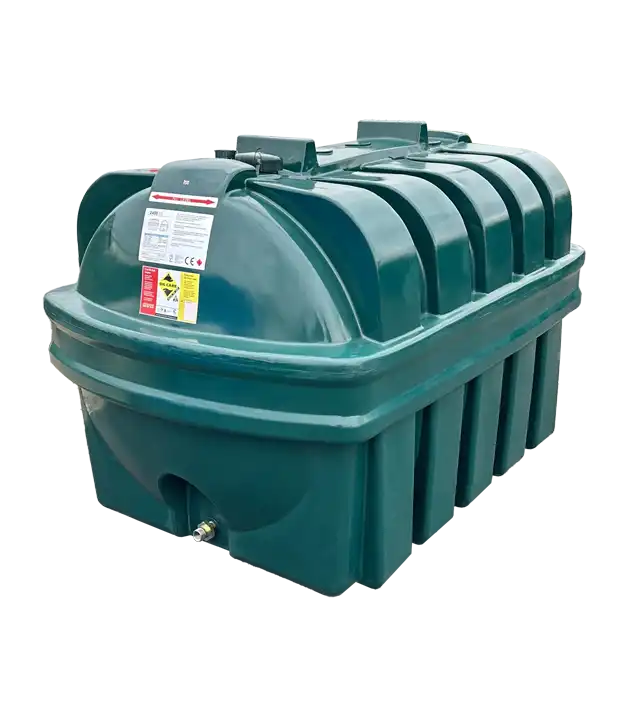

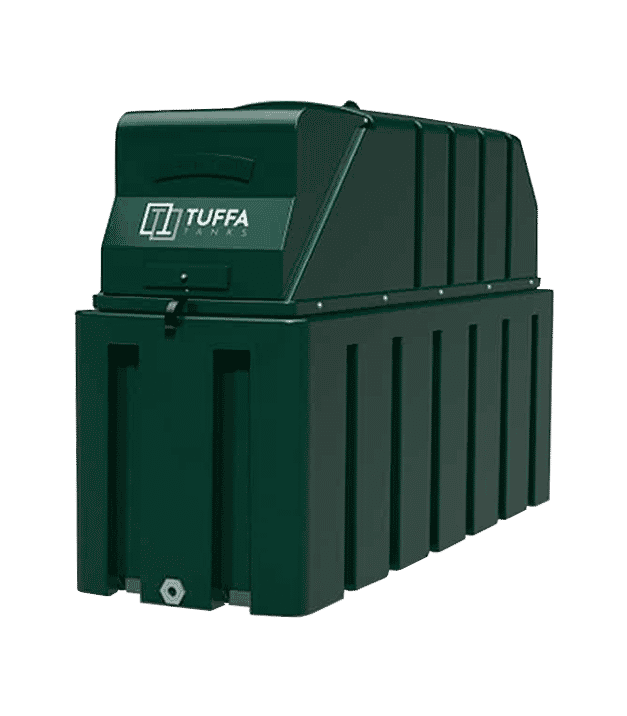
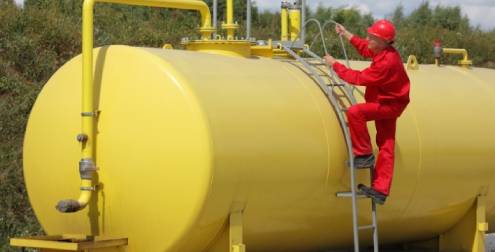
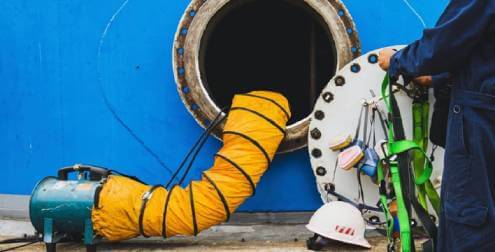
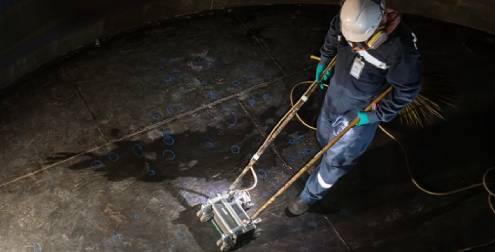

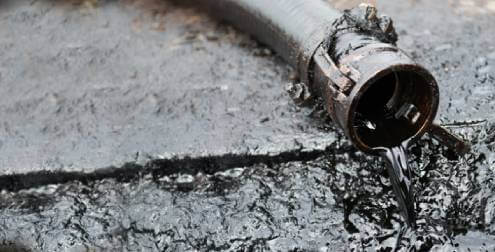
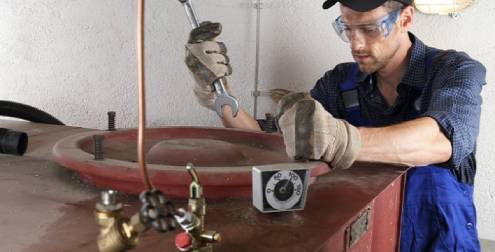

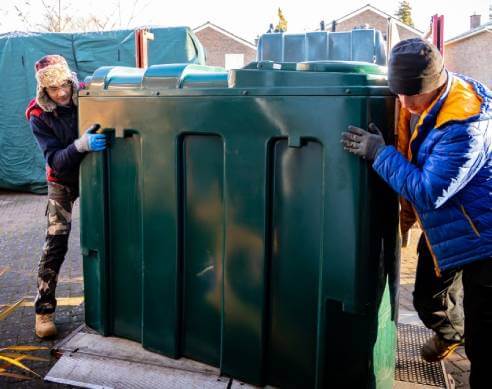
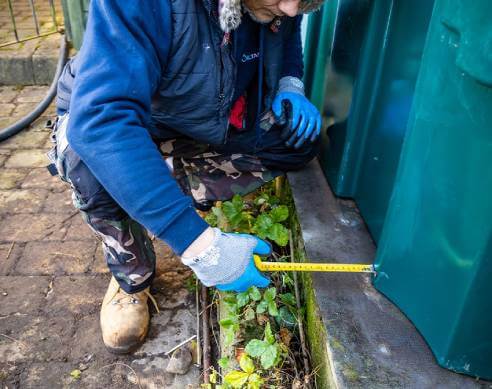


Share This: